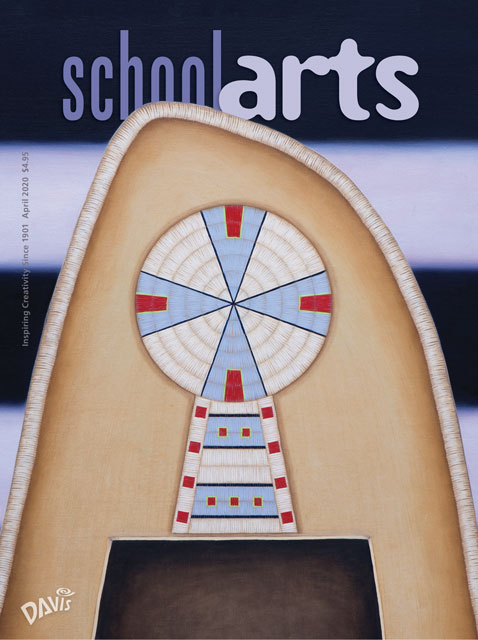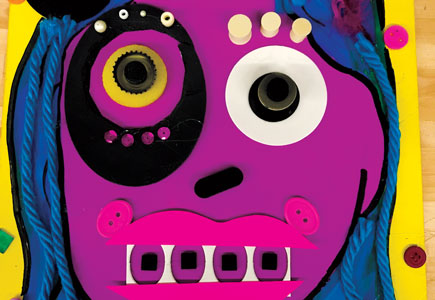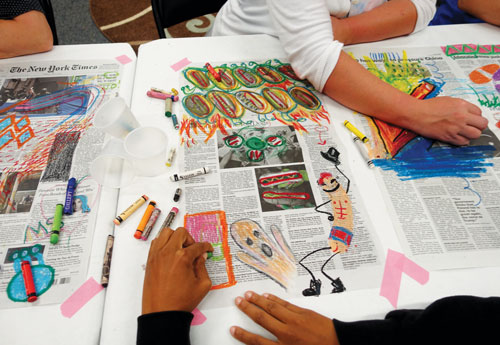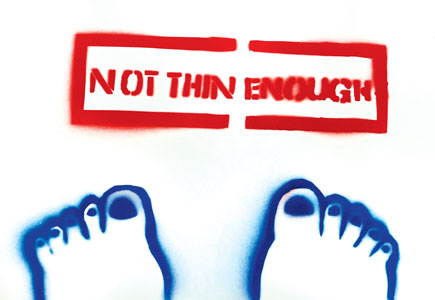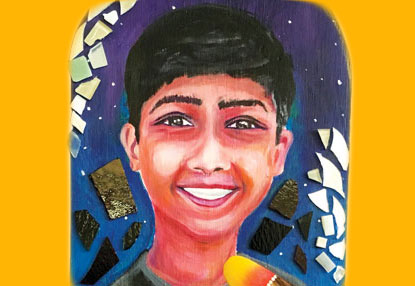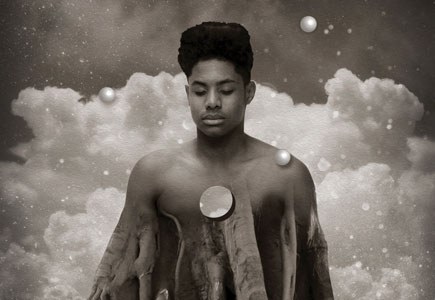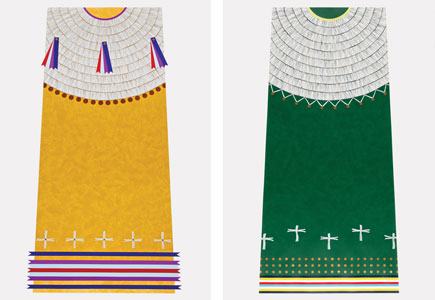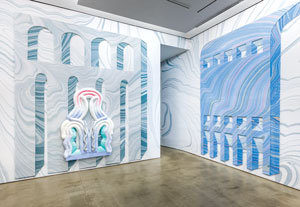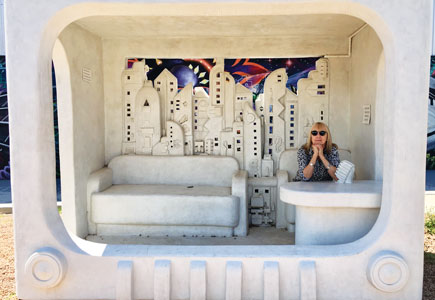
Editor's Letter: Contemporary Art
Amy Sherald, Nick Cave, Jeff Koons, Beth Cavener, Yung Jake—these are just a few of the contemporary artists SchoolArts has recently featured in its pages. Every month, we present contemporary artists and artwork in our Looking & Learning centerfold feature. Why? Because we believe it is critically important for students to learn about, respond to, and create contemporary art.
Read Article
